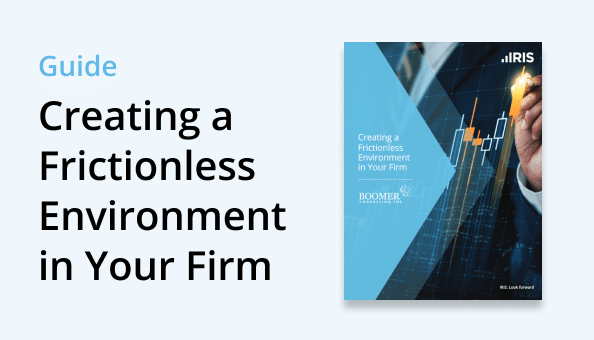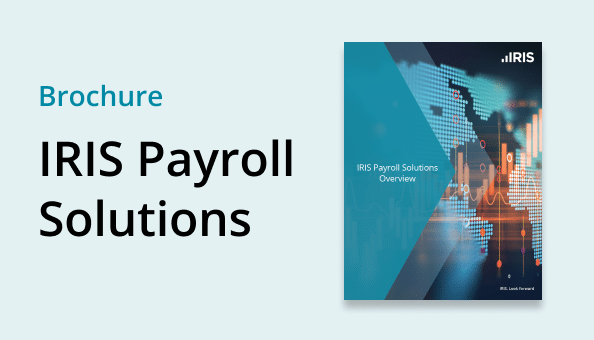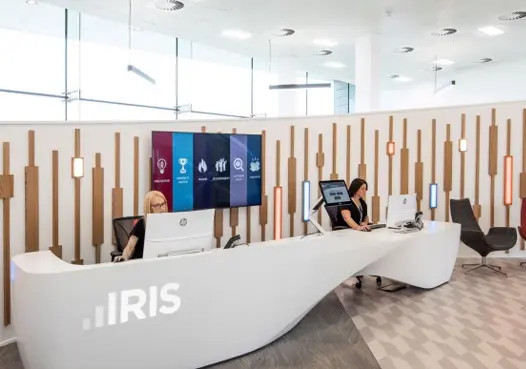BLOGS
4 Important Qualifications Needed to File for ERC

Although Employee Retention Credit ended in late 2021, a large number of employers are still eligible to claim the credit retroactively for up to $26,000 per employee.
Since Congress passed multiple acts between 2020-2021 that modified ERC eligibility, many employers have lingering questions about which qualifications are required to file for ERC in 2023 and beyond.
From timely Form 941 fling to employee classification and understanding qualified wages, a number of factors can impact ERC eligibility. We’re here to provide an update and outline the 4 important qualifications needed to file for ERC, so your organization can begin to formulate a claim that maximizes tax benefits.
Overview
Many employers qualify for ERC, including hospitals, 501(c)s, colleges, and universities. ERC-eligible organizations can claim the credit for quarterly periods in 2020 and/or 2021 based on documented evidence of one or more of the following circumstances:
- A significant decline in gross receipts. In the next section, we’ll discuss the percentage requirements for 2020 and 2021, respectively.
- A full or partial suspension of operations resulting from a governmental order impacting commerce, travel, or group meetings.
- Designation as a Severely Financially Distressed Employer for Q3 and Q4 of 2021 only.
- Designation as a Recovery Startup Business for Q3 and Q4 of 2021 only.
Note: Any employee retention credit that is granted for full or partial suspension of operations only applies to the period of each quarter when business activity was halted, and not to the full quarter.
A Significant Decline in Gross Receipts – 2020 and 2021
In order to qualify for ERC for one or multiple quarters in 2020, an employer must have experienced a decline of at least 50% in gross receipts when compared to the same quarter/period in 2019.
The standards for a 2021 ERC claim on the basis of decline in gross receipts are less stringent. To make a quarterly ERC claim for 2021, an employer must have experienced a decline of at least 20% when compared to the same quarter in 2019. Employers determining eligible quarters in 2021 can also use the alternate quarter election rule, giving the employer the ability to look at the prior quarter compared to the same calendar quarter in 2019 to determine whether there was a significant decline in gross receipts. For example, if an employer experienced a 22% decline in gross receipts in Q1 2021 vs Q1 2019, this can validate a decline in gross receipts for Q1 2021 AND Q2 2021.
A Full or Partial Suspension of Operations
If your organization does not qualify for ERC based on decline in gross receipts, you may still qualify on the basis of a full or partial suspension of operations due to a governmental order during the COVID-19 pandemic.
A full suspension of operations is a fairly straightforward event to validate, but demonstrating a partial suspension of operations can require thoughtful review of multiple factors, especially if your organization has multiple facilities or experienced full and partial suspensions in different quarters in 2020 and 2021. Even so, in most cases, if your organization experienced at least a 10% disruption of essential or non-essential revenue-generating operations during an eligible quarter, this qualifies your organization for ERC under the partial suspension criteria.
Designation as a Severely Financially Distressed Employer
In addition to the two major ERC eligibility qualifications we’ve already covered, some employers can qualify for special designations that apply only to Q3 2021.
To qualify as a Severely Financially Distressed Employer, your organization must have experienced a decline in gross receipts of at least 90% when compared to the same quarter in 2019. Again, this designation only applies to Q3 of 2021. The key benefit of this designation is a qualifying employer is entitled to include all wages paid during an applicable quarter in their ERC claim.
Designation as a Recovery Startup Business
As with Severely Financially Distressed Employer status, an employer can only receive ERC credit as a Recovery Startup business for Q3 and Q4 of 2021. To qualify as a Recovery Startup Business, an employer must meet the following criteria:
- Business operations began after February 15, 2020
- Average annual gross receipts do not exceed $1 million
- The organization does not qualify for ERC on the basis of decline in gross receipts or suspension of operations
Qualifying employers are eligible to receive up to $50,000 per each applicable 2021 quarter.
DISCLAIMER: The information provided herein does not constitute the provision of legal advice, tax advice, accounting services or professional consulting of any kind. The information provided herein should not be used as a substitute for consultation with professional legal, tax, accounting, or other professional advisers. Before making any decision or taking any action, you should consult a professional adviser who has been provided with all pertinent facts relevant to your particular situation and for your particular state(s) of operation.












